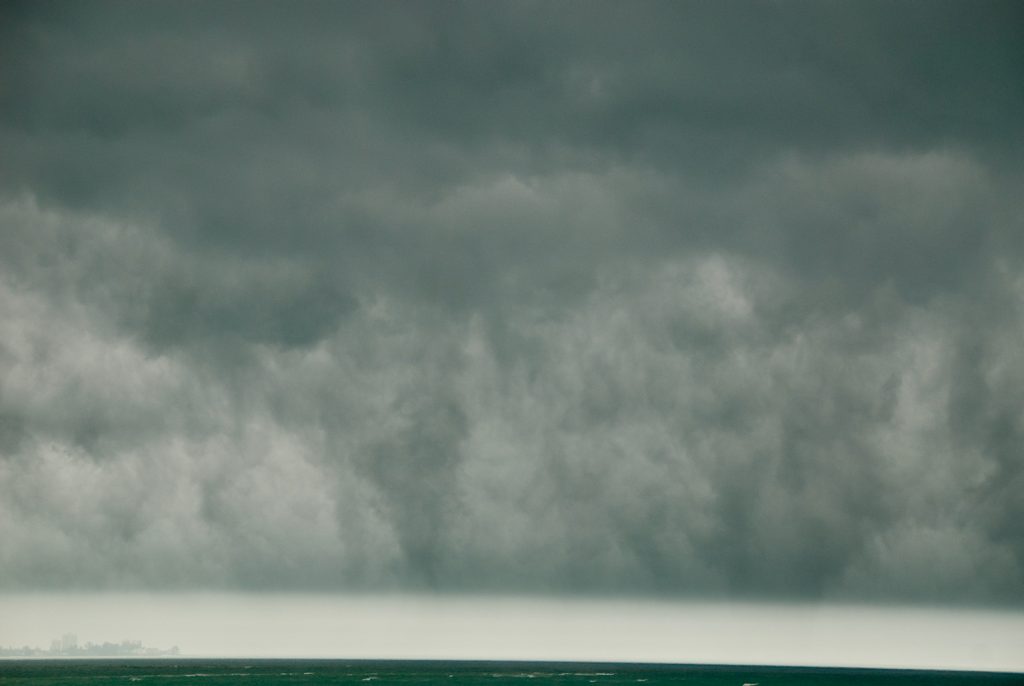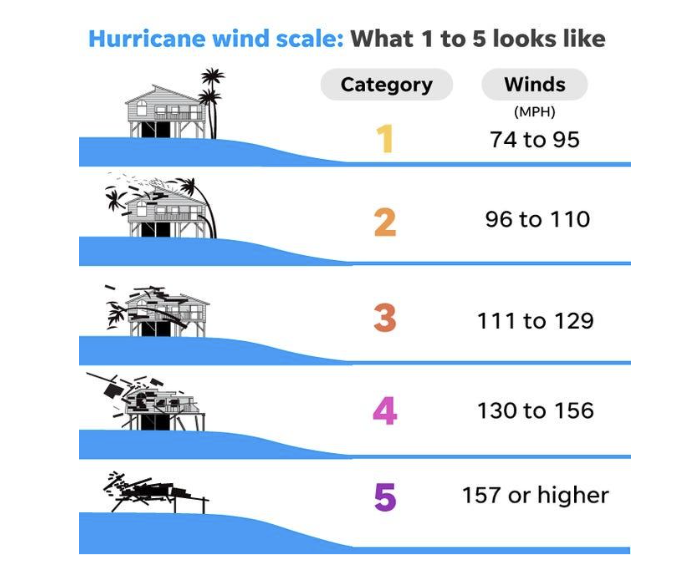
The following post is courtesy of Diane Harrison who is principal and owner of Panegyric Marketing, a strategic marketing communications firm founded in 2002 specializing in alternative assets.
Katrina. Harvey. Sandy. Irma. Andrew. Ike. Ivan. Michael. Wilma. Rita. These are not 2024’s most popular baby names, but the list, in financial devastation chronological order, of the top 10 most damaging storms to hit the US prior to the most recent two, Helene and Milton, where damages are still being assessed.
According to the National Weather Service, hurricanes are dangerous and can cause major damage from storm surge, wind damage, rip currents and flooding. They can happen along any U.S. coast or in any territory in the Atlantic or Pacific oceans. Storm surge historically is the leading cause of hurricane-related deaths in the United States. The Saffir-Simpson Hurricane Wind Scale matches wind speeds with examples of the type of damage and impacts those winds could cause in the USA. In general, damage rises by about a factor of four for every category increase. The chart below, courtesy of USA Today, shows the range of wind speed per category:

Among the many concerns posed in the aftermath of a major storm such as Helene is what lasting impact on tourism will its ferocious storm track have on places such as Asheville, Florida’s gulf coast, and the mountain lake communities in between? What local economic fallout will appear as communities struggle not just to rebuild homes, schools, and businesses, but to survive and grow long-term?
Perhaps even more worrying than the practical and physical rebuilding efforts to come is the uncertainty around the future scenario for insurance coverage in Florida, as the state continues to gain population while also experiencing record amounts of storm-related damages from these seasonal storms. These types of worries will negatively impact many investment funds that focus on the market sectors involved: timber, tourism, insurance and reinsurance, labor, housing, and more.
What seems to be clearer than ever is that, while population dynamics have been shifting from the Northeast to the south, these growing concerns may force a new demographic shift away from the storm-sensitive coastal regions to other regions that can attract people seeking a lower cost of living, favorable climate, good medical facilities, and the like.
Retired individuals will not be as concerned with working opportunities, but these other factors always weigh heavily in the decisions retirees make about relocation. Less predictable will be what will be the future migration of the younger generations, who, along with the desires of the retirees, also want economic strength and choices for work, good schools for their families, and a desirable work/life balance to their lives.
Whatever the future may hold for us all, in terms of political and physical storms, the needs and wants of Americans will continue to drive the shape of our short-term recovery and long-term adaptation to these forces which are here to stay. As we all brace for the political outcome of our upcoming Presidential election, let’s remember that Mother Nature is party-neutral, and will always apply an even hand to the impact she has on our nation.


Leave a Reply